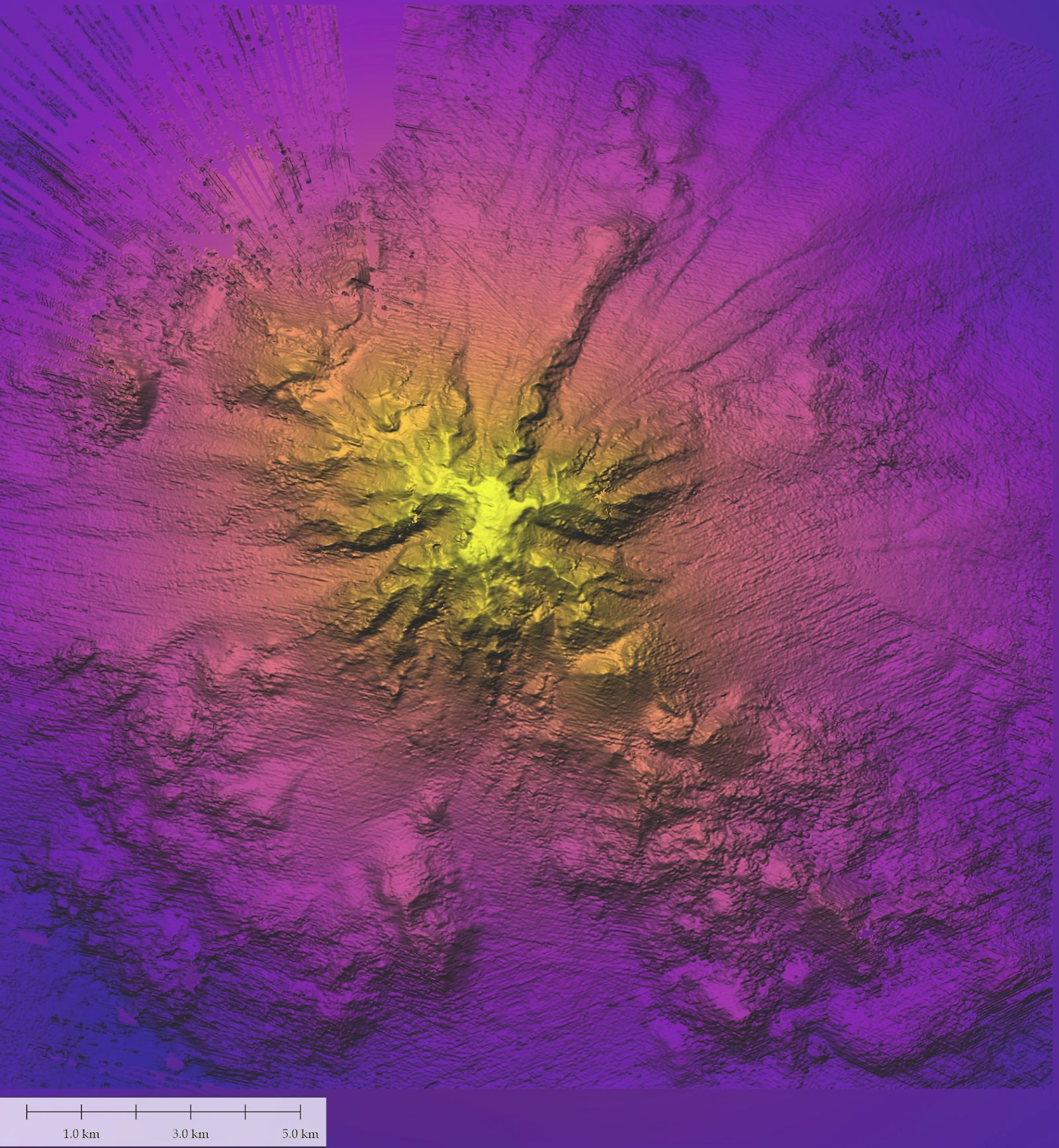Video: this Pacific seamount hides previously unknown species
Published by Cédric,
Article author: Cédric DEPOND
Source: Schmidt Ocean Institute
Other Languages: FR, DE, ES, PT
Article author: Cédric DEPOND
Source: Schmidt Ocean Institute
Other Languages: FR, DE, ES, PT
Follow us on Google News (click on ☆)

Off the coast of Chile, in the Nazca Ridge, everything unfolded. Nearly 930 miles (1,500 kilometers) from the shore, a new seamount standing 10,200 feet (3,109 meters) tall was mapped for the first time by the Schmidt Ocean Institute. This range of undersea mountains is among the priority areas for protection by the international community.
The expedition lasted 28 days, revealing exceptional biodiversity. By exploring the seamount's flank, an underwater robot discovered sponge gardens and ancient corals never before observed in this region. A deep coral garden, covering an area of 8,600 square feet (800 square meters), is home to a multitude of creatures: rockfish, brittle stars, and king crabs.
Scientists also observed for the first time a squid of the *Promachoteuthis* genus, an extremely rare specimen. Until now, this cephalopod had only been described based on dead individuals caught in nets. Astonishing creatures like the Bathyphysa siphonophore, nicknamed the "flying spaghetti monster," were also spotted.
Researchers explored a total of ten seamounts during this expedition. They discovered nearly twenty potentially new species. Among these discoveries, a Casper octopus, seen for the first time in the South Pacific, continues to intrigue experts.
Expedition on the Southeast Pacific Seamounts
According to Professor Alex David Rogers of Ocean Census, these findings reinforce the importance of preserving these unique habitats. The species found on these seamounts are not found anywhere else in the world. Protecting them becomes essential to maintaining marine diversity and understanding how these ecosystems function.
The data collected during this mission will be shared with Ocean Census, a global alliance dedicated to studying ocean life. The aim is to accelerate the discovery of new marine species. According to Tomer Ketter of the Schmidt Ocean Institute, this information can guide future policies to protect these still pristine environments.
Each new expedition sheds further light on these hidden mountains. A better understanding of these underwater landscapes could have significant impacts on marine biodiversity and future conservation strategies.